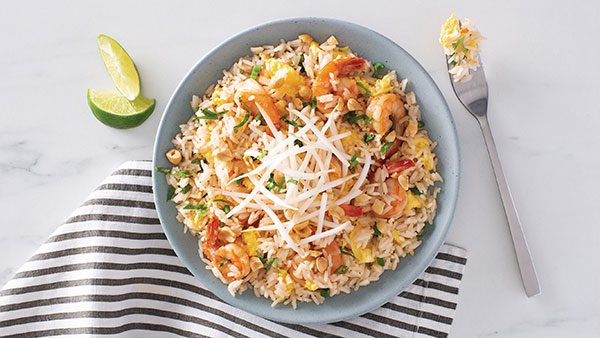Save the date! Lenny Bruno Farms, 740 Wading River Road, Manorville will hold their third annual Strawberry Festival on Saturday, June 8 and Sunday, June 9 from 10 a.m. to 5 p.m.
Festival-goers can look forward to exploring a wide variety of offerings, including mouthwatering treats from food trucks and artisan vendors, live music face painting, miniature pony rides, and engaging activities for children, teens, and adults. The jumbo garden games add an extra layer of fun for families to enjoy together. Admission to the festival area is $10 per person. Children 2 and under are free.
For those looking to get their hands on the freshest strawberries, the strawberry u-pick area offers an additional adventure. Admission to the u-pick area is $10 per person, which includes one pint of strawberries. Visitors can also enjoy a scenic hayride to the u-pick area, providing unique photo opportunities for families and friends to capture cherished memories.
“We’re thrilled to welcome visitors to our 3rd annual Strawberry Festival,” said Dominick Bruno, owner at Lenny Bruno Farms. “This event is a celebration of all things strawberry, and we’re excited to offer a range of activities and experiences for our guests to enjoy. From live music to strawberry picking, there’s something for everyone to savor.”
The farm will host a series of events through the Fall including a Sweet Summerfest on Aug. 3 and 4. For a full line-up, visit www.LennyBrunoFarms.com/events.
More festivals ….
St. James Strawberry Festival
St. James Episcopal Church, 490 North Country Road, St. James will host their annual Strawberry Festival on Saturday, June 8 from 9:30 a.m. to 3:30 p.m. Featuring raffle baskets, baked goods, garden table, lunch, antiques, Grandpa’s Garage, children’s activities, church and cemetery tours and, of course, strawberry treats! 631-584-5560
Mattituck Strawberry Festival
The 69th annual Mattituck Lions Club Strawberry Festival, 1105 North Road, Mattituck will be held on June 12 and 13 from 5 to 10 p.m., June 14 from 5 to 11 p.m., June 15 from 11 a.m. to 11 p.m. and June 16 from 11 a.m. to 5 p.m. Highlights include strawberry shortcake, strawberries dipped in chocolate, live music, crowning of the Strawberry Queen, over 100 arts and craft vendors, carnival rides, food and fireworks on June 14, 15 and 16 (weather permitting). Admission varies based on festival days. www.mattituckstrawberryfestival.com
Rocky Point Strawberry Festival
Trinity Evangelical Lutheran Church, 716 Route 25A, Rocky Point presents their annual Strawberry Festival on Saturday, June 15 from 10 a.m. to 3 p.m. with craft vendors, delicious food and desserts, bake sale, HUGE Tag Sale, gift basket raffles, and children’s activities. 631-744-9355
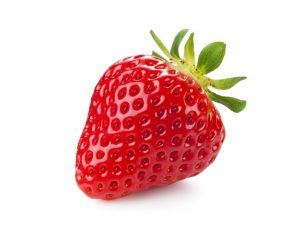 Pick Your Own Strawberries..
Pick Your Own Strawberries..
The following farms on the North Shore offer u-pick strawberries in mid-June. Always call before you go to check availability.
• Anderson Farms, 1890 Roanoke Ave., Riverhead. 631-727-2559 or 631-727-1129
• Hodun Farms, 4070 Middle Country Rd., Calverton. 631-369-3533
• Domaleski Farms, Route 48, Mattituck. 631-734-6886
• Harbes Family Farm, 715 Sound Ave., Mattituck. 631-298-0800
• Wickham’s Fruit Farm, 28700 Rte. 25, Cutchogue. 632-734-6441
• Lewins Farms, 812 Sound Ave., Calverton. 631-929-4327
• Rottkamp’s Fox Hollow Farm, 2287 Sound Ave., Baiting Hollow. 631-727-1786
• Windy Acres, 3810 Middle Country Road, Calverton. 631-727-4554
• Patty’s Berries and Bunches, 410 Sound Ave., Mattituck. 631-655-7996
• Condzella’s Farm, 6233 North Country Road, Wading River. 631-929-4697
• Golden Acres Organic Farm, 652 Peconic Bay Blvd., Riverhead. 631-722-3302

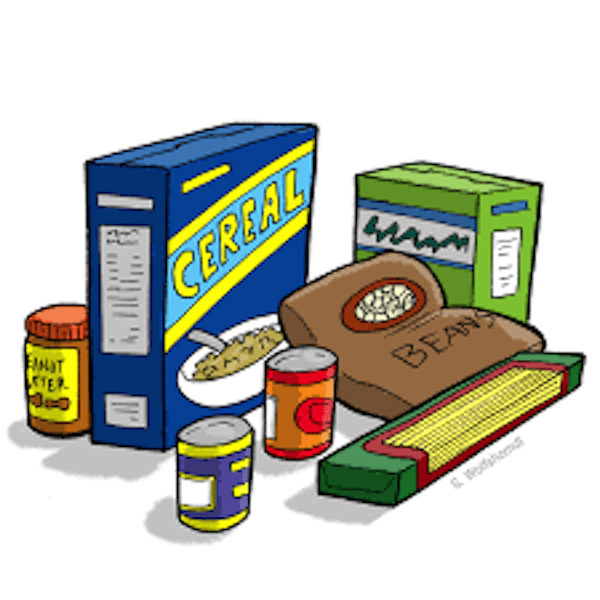
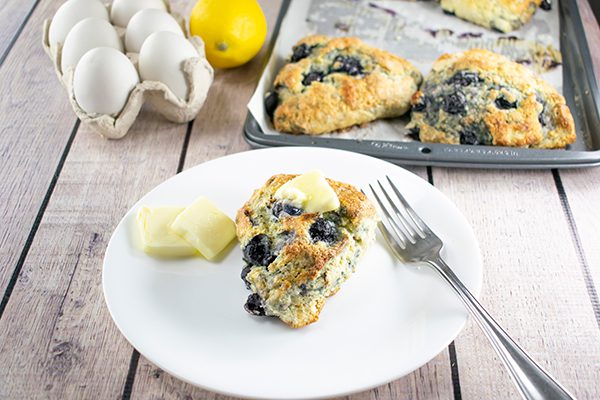












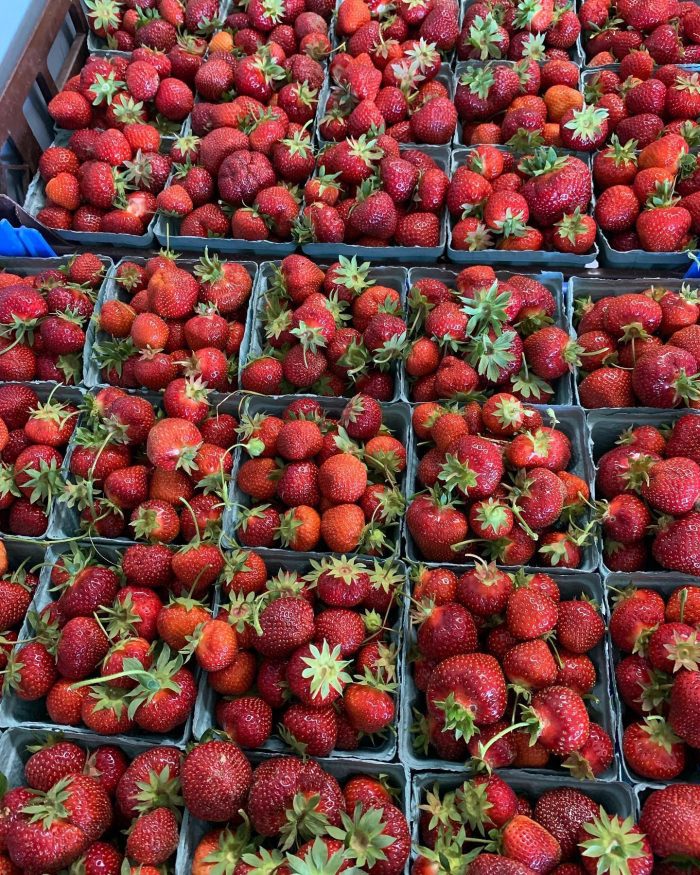
 Pick Your Own Strawberries..
Pick Your Own Strawberries..